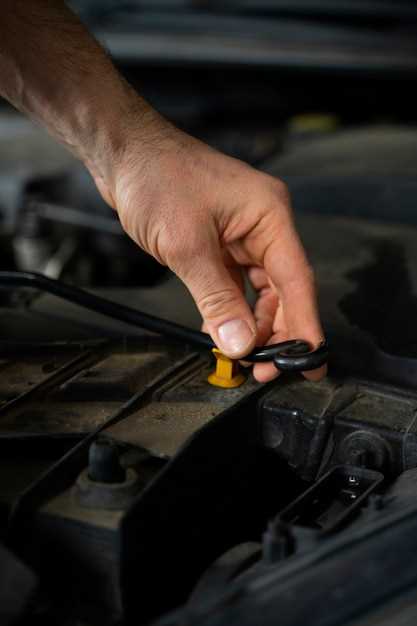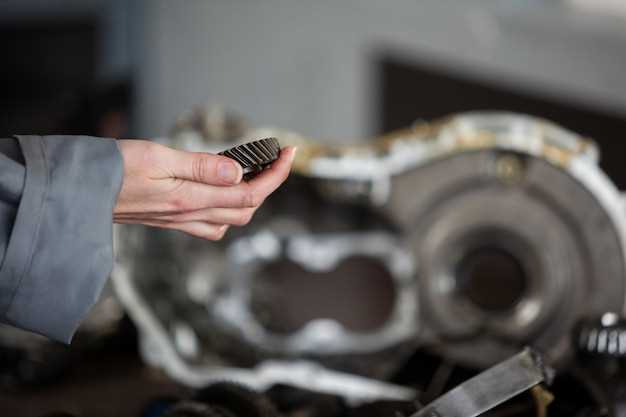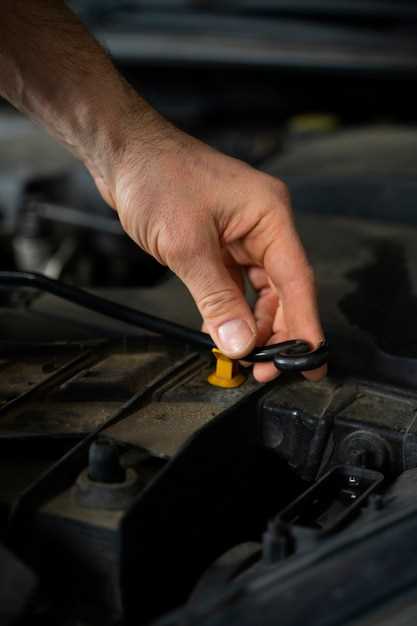
For many automotive enthusiasts and practical drivers alike, the decision to choose a manual transmission vehicle can be a defining moment. While automatic transmissions dominate the market due to their convenience, manual vehicles offer unique advantages that cater to a specific type of driver. Understanding these benefits alongside potential drawbacks is essential for anyone considering this choice.
One of the most significant benefits of a manual transmission is the level of control it provides. A driver can engage more directly with the vehicle’s performance and handling, allowing for a more immersive and enjoyable experience on the road. This control can be particularly advantageous in various driving conditions, where precise gear selection can enhance traction and stability.
However, this level of engagement does come at a cost. Manual transmissions typically require more skill and concentration from the driver. For those new to manual vehicles, the learning curve can be steep, often resulting in a steeper initial investment of time and effort. Additionally, driving a manual can be cumbersome in heavy traffic or urban settings, where frequent gear changes are necessary. This article will delve deeper into the benefits and drawbacks of choosing a manual transmission vehicle, providing insights to help future drivers make informed decisions.
Choosing a Manual Transmission Vehicle: Benefits and Drawbacks
When considering a manual transmission vehicle, both advantages and disadvantages must be taken into account. This decision can significantly affect your driving experience and vehicle performance.
Benefits of Manual Transmission
- Driver Control: A manual transmission allows for greater control over gear selection and engine speed, enabling the driver to make precise adjustments based on driving conditions.
- Fuel Efficiency: Manual vehicles often achieve better fuel economy compared to their automatic counterparts due to lighter weight and less power loss through the drivetrain.
- Lower Purchase Price: Generally, manual transmission vehicles have a lower initial purchase price, making them more affordable for budget-conscious drivers.
- Maintenance Costs: Manuals typically have fewer components and are less complex, leading to potentially lower maintenance and repair costs over the vehicle’s lifespan.
- Engagement and Enjoyment: Many drivers enjoy the engaged driving experience that a manual provides, often finding it more fun and rewarding compared to automatic alternatives.
Drawbacks of Manual Transmission
- Learning Curve: New drivers may find manual transmissions challenging to master, requiring practice to achieve smooth shifting and clutch control.
- Traffic Challenges: Navigating in heavy traffic can be cumbersome, as constant gear shifting and clutch engagement can lead to fatigue and frustration.
- Resale Value: Manuals are less popular than automatics, which may lead to lower resale values and a smaller pool of potential buyers when it comes time to sell.
- Fewer Options: The selection of manual transmission vehicles is shrinking, as manufacturers increasingly focus on automatic models that appeal to a broader market.
- Driver Distractions: The need to shift gears can divert attention from the road, potentially increasing the risk of accidents, especially for inexperienced drivers.
Ultimately, choosing a manual transmission vehicle involves weighing these benefits and drawbacks based on personal driving preferences and lifestyle needs. Each driver must consider their comfort level with manual operation and the vehicle’s intended use.
Enhanced Driver Control and Engagement in Manual Vehicles
One of the most significant advantages of driving a manual transmission vehicle is the enhanced control it provides to the driver. Unlike automatic transmissions, which handle gear changes without input from the operator, manual transmissions require active participation. This engagement with the vehicle allows for a more direct connection between the driver and the driving experience.
When driving a manual vehicle, the driver can precisely control the power delivery and engine performance by selecting the appropriate gear at the right moment. This control can lead to improved acceleration, better handling in various driving conditions, and enhanced overall performance. For instance, a skilled driver can downshift to increase engine RPM and utilize engine braking, thereby reducing wear on the brakes while maintaining control on downhill slopes.
The engagement level in a manual vehicle also fosters a more involved driving experience. Many drivers find that the physical act of shifting gears adds a layer of satisfaction and involvement in the driving process. This heightened sense of engagement can lead to increased focus and a more enjoyable ride, allowing drivers to fully appreciate the nuances of their vehicle’s performance.
Furthermore, manual transmissions often allow for better maneuverability in challenging situations, such as navigating tight corners or challenging terrains. By shifting gears manually, the driver can adjust torque and speed, enhancing control during critical moments. This skill set fosters a deeper understanding of vehicle dynamics, making the driver more adept at handling various driving scenarios.
In summary, manual transmission vehicles significantly enhance driver control and engagement, making each journey a more interactive and fulfilling experience.
Maintenance Considerations for Manual Transmission Cars

Manual transmission vehicles require specific maintenance routines to ensure optimal performance and longevity. One of the primary factors influencing the upkeep of these cars is the driver’s control over gear changes. Unlike automatic transmissions, manual systems place the responsibility for shifting gears squarely on the driver, which can lead to wear and tear if not handled properly.
Regular inspection of the clutch is essential for manual transmissions. Since the driver is directly involved in engaging and disengaging the clutch, over time, it may wear out due to frequent use, especially in stop-and-go traffic conditions. Signs of a failing clutch can include difficulty in shifting gears or a burning smell, indicating it might need replacement.
Another important aspect of maintenance is the transmission fluid. Manual transmission vehicles utilize specific types of gearbox oil to ensure smooth operation. It’s necessary for the driver to check fluid levels regularly and replace it according to the manufacturer’s recommendations. Neglecting this can lead to excessive wear on gears and bearings, negatively impacting control during driving.
The gear linkage system also warrants attention, as it directly affects how smoothly the driver can engage gears. Any misalignment or wear in this system can result in difficulty in shifting, impacting overall driving performance. Regular adjustments and lubrications can help maintain responsiveness and precision.
Lastly, the driver should be aware of their driving habits, as aggressive shifting or improperly timed gear changes can lead to premature wear. Practicing smooth and deliberate gear shifts can enhance both the lifespan of the manual transmission and the overall driving experience. By being diligent in these maintenance considerations, drivers can enjoy the benefits of manual transmission vehicles for many years to come.
Fuel Efficiency and Performance Comparisons with Automatics

The choice between manual and automatic transmissions often hinges on fuel efficiency and overall performance. Manual transmissions typically offer better fuel economy compared to their automatic counterparts. This advantage arises from the direct control the driver has over gear selection, allowing for optimal engine performance and reduced fuel consumption during acceleration.
In many cases, the absence of an automatic’s torque converter means that manual vehicles can experience less power loss, translating into improved fuel efficiency. For drivers seeking to maximize their mileage, manual options often stand out as the preferred choice. Proper gear shifting techniques can further enhance this efficiency, making it easier to adapt to varying driving conditions.
However, the performance benefits of manual transmissions extend beyond just fuel economy. Enthusiasts often cite the enhanced driving experience provided by the greater control over the vehicle. Shifting gears manually allows for precise engine response and can lead to quicker acceleration in performance-driven scenarios. This level of engagement contributes to a more satisfying driving experience when compared to the sometimes sluggish nature of automatic gear changes.
On the flip side, modern automatic transmissions have made significant strides in efficiency and performance, often incorporating adaptive technology that optimizes fuel usage based on driving patterns. As a result, newer automatics can match or even exceed the fuel efficiency of manual vehicles under certain conditions.
Ultimately, while manual transmissions hold advantages in fuel efficiency and provide an engaging driving experience, emerging automatic technology has narrowed the gap. Factors such as personal preference, driving style, and specific vehicle performance requirements will ultimately guide drivers in their decision-making process.



